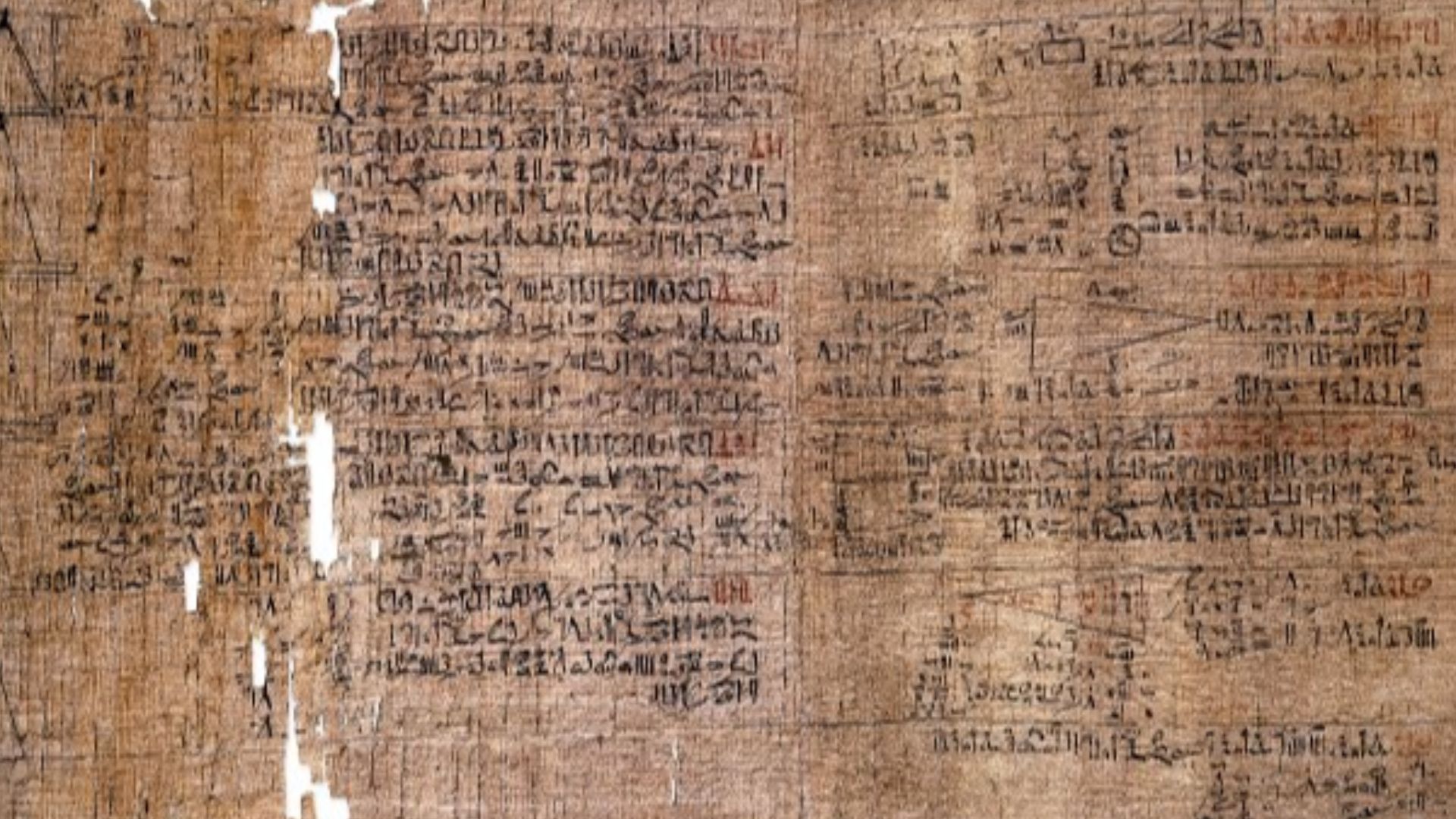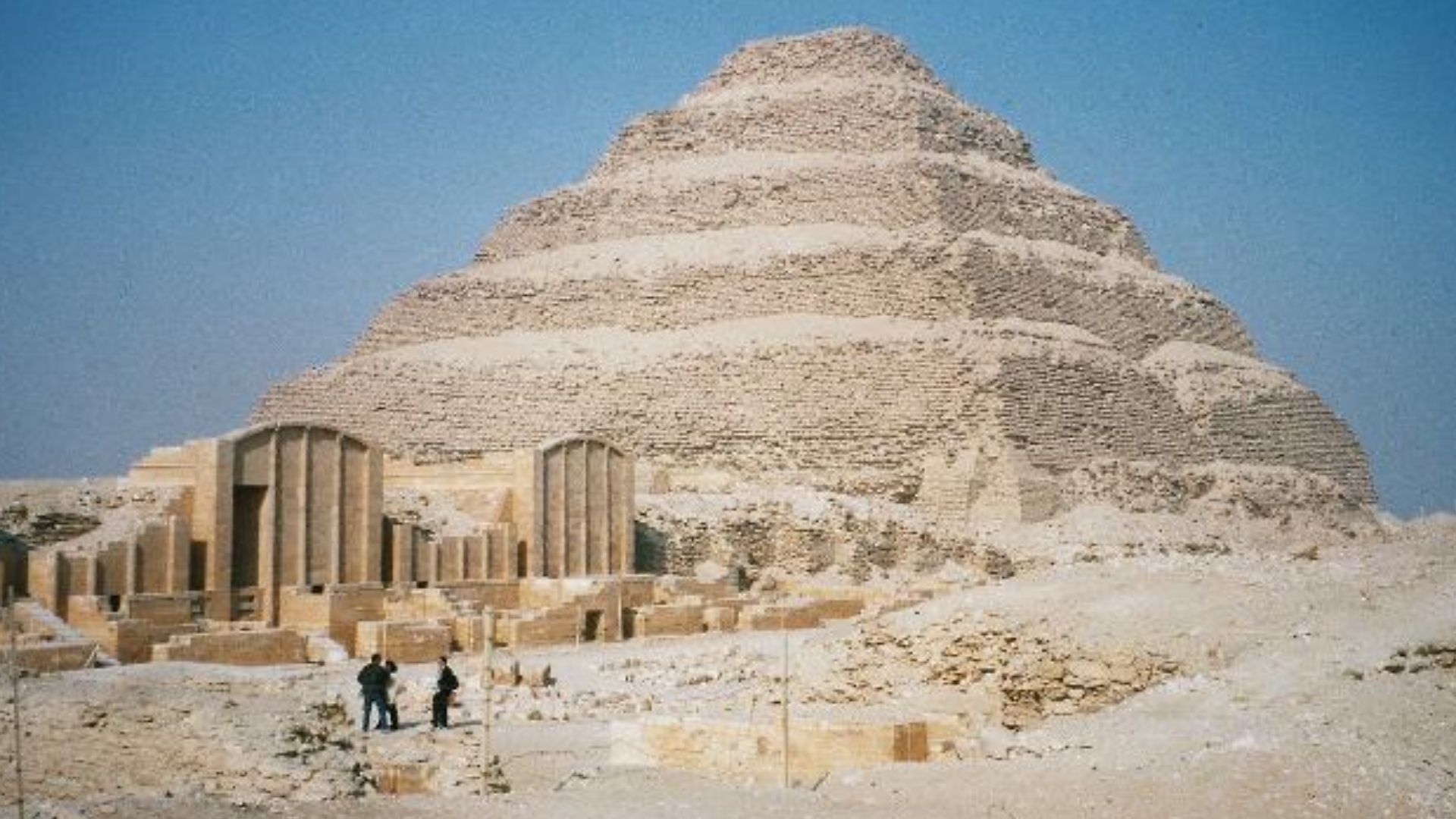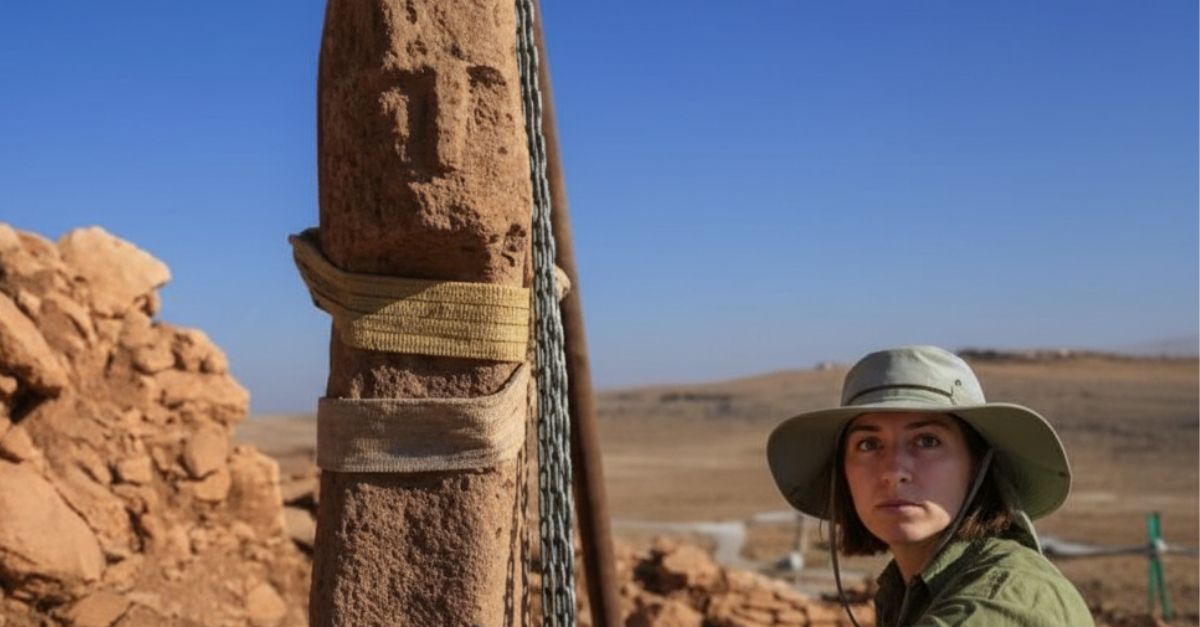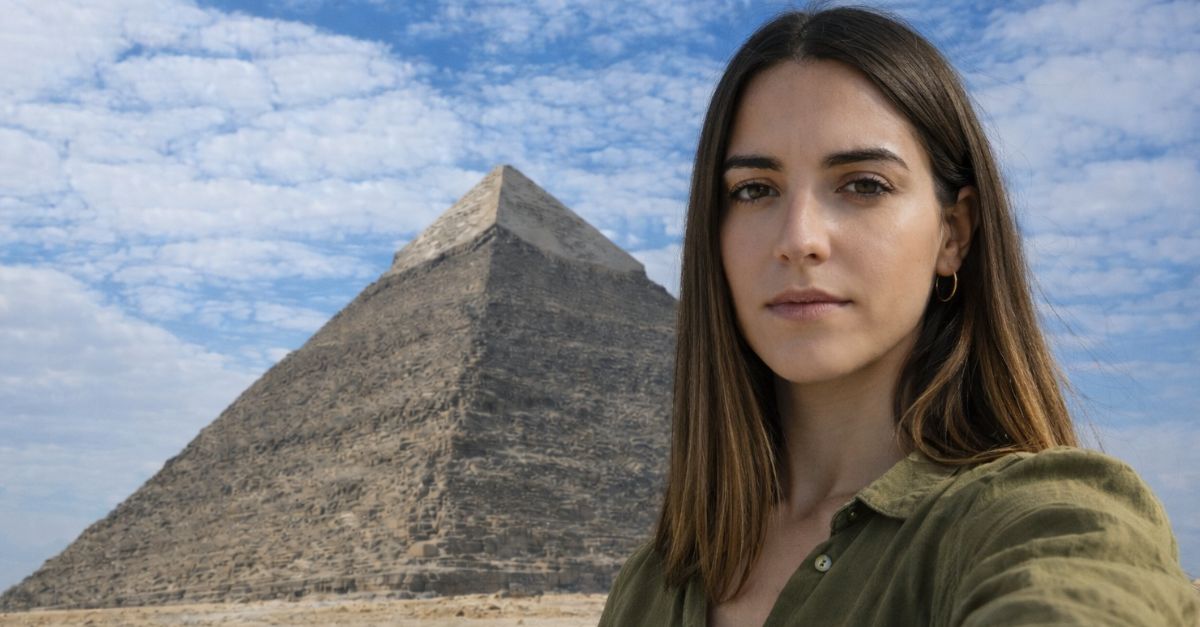Few discoveries stop Egyptologists in their tracks, but this one did. During a routine excavation near Djoser’s Step Pyramid, the oldest of Egypt's pyramids, archaeologists brushed aside centuries of dust and uncovered a sealed coffin containing a tightly rolled papyrus. When carefully unrolled, it stretched an astonishing 52 feet—the first full Book of the Dead papyrus uncovered in Egypt in over a hundred years. If ancient Egyptians believed words had power, these had clearly held their own.
The document belonged to a man named Ahmose, possibly an official or priest, whose burial dates to around 50 BC. Despite its age, the papyrus’s hieroglyphs remain vividly inked in black and red, depicting prayers, spells, and rituals meant to guide the deceased through the afterlife. Each line echoes an ancient belief—that the soul’s journey didn’t end with passing; it simply changed form.
What The Papyrus Reveals
Unlike fragmented examples found over the decades, Ahmose’s papyrus preserves complete chapters from the Book of the Dead, including Spell 125—an elaborate “weighing of the heart” ritual before the god Osiris. It’s a moment of divine judgment: the heart placed on a scale against the feather of truth. If the heart is balanced, the soul earns eternal peace.
This full text allows scholars to study variations in handwriting and religious phrasing that shorter scrolls often lose. It also confirms that by Egypt’s later dynasties, funerary texts had become more personalized. They were tailored to each believer’s hopes of crossing safely into the next world.
A Discovery Rooted In Saqqara’s Layers
Saqqara, Egypt’s oldest known necropolis, has long been a historical jackpot. Beneath its desert crust lie tombs from multiple dynasties, animal mummies, and now a nearly intact roadmap to eternity. Excavations in this region have accelerated in recent years to produce both royal and non-royal burials that shed light on everyday Egyptians—not just pharaohs.
The papyrus was found in a burial shaft linked to Djoser’s Step Pyramid complex, one of Egypt’s earliest monumental structures. Its discovery reconnects us to that same ancient impulse: to honor the departed and preserve memory through writing.
Why It Matters Today
For historians and ordinary readers alike, Ahmose’s papyrus is a reminder of humanity’s oldest question: what comes next? Each symbol, painted by a steady hand over two thousand years ago, reflects a culture obsessed with preparation, faith, and moral balance.
If you’ve ever wondered how ancient Egyptians pictured the afterlife, this scroll spells it out—literally. Now, the most fascinating thing is that the story behind these 52 feet of ink and linen is still unfolding.
 unknown (c. 2000 B.C), Wikimedia Commons
unknown (c. 2000 B.C), Wikimedia Commons









